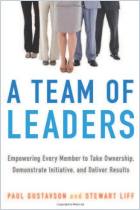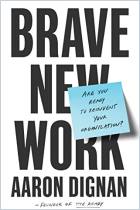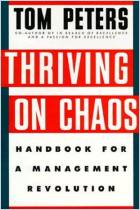
The Management Shift
How to Harness the Power of People and Transform Your Organization for Sustainable Success
ISBN: 9781137352941
Pages: 284
Recommendation
Vlatka Hlupic is hardly the first management thinker to argue for ditching boss-centered leadership and spreading autonomy through an organization. She would be just one voice in a popular choir, except that her presentation stands out for its rigorous research and data-driven method of helping companies assess their culture. Hlupic sketches the characteristics of a traditional “orderly” culture built for the industrial age and contrasts it with the “collaborative” mind-set needed in today’s innovation-driven economy. The knowledge workers who are so critical to an innovative workplace distrust hierarchy and thrive when given autonomy. Hlupic shows how the “6 Box Leadership Model,” which she developed over nearly 20 years, can pinpoint the areas where a company can transform its culture. Some may find her methodology descriptions a bit dense, but she argues persuasively that companies must change in order to remain competitive. If you’re looking to make a case for transforming your organization’s leadership culture and want to assess its progress, getAbstract recommends Hlupic’s timely exposition to entrepreneurs, executives, managers, and HR and talent departments.
Summary
About the Author
University of Westminster professor and consultant Vlatka Hlupic, is the founder and CEO of London’s Drucker Society. She speaks at major conferences and wrote more than 160 academic articles, including Harvard Business Review’s “To be a Better Leader, Give up Authority.”


















Comment on this summary